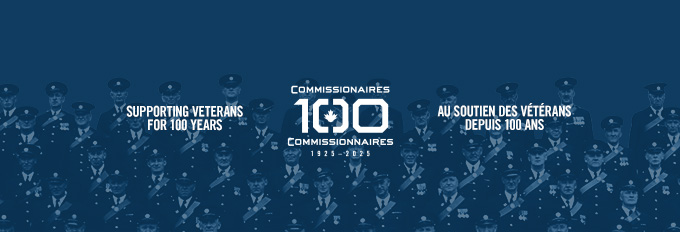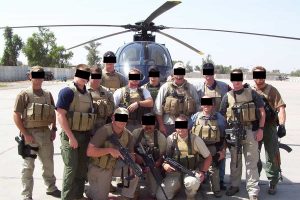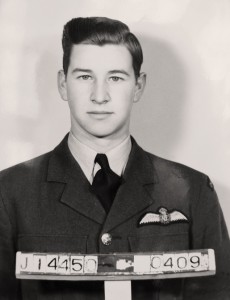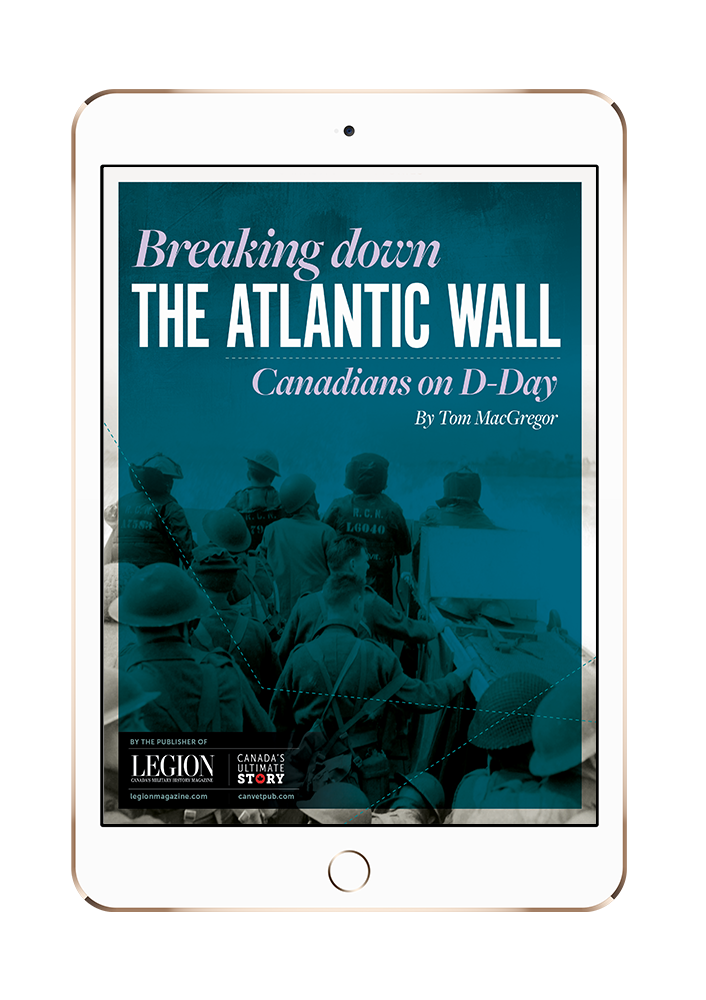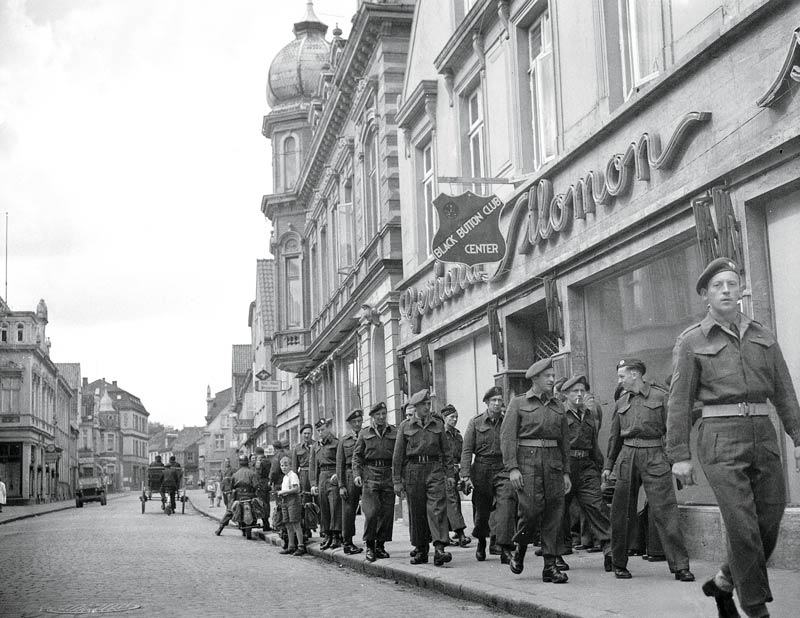
Soldiers of the Canadian Army Occupation Force in Aurich, Germany, in late August 1945. [Barney J. Gloster/DND/LAC/PA-162830]
As the end of the war in Europe neared, the Liberal government had to decide on several critical military issues. What would Canada’s role be in the war against Japan after Germany was defeated? How would soldiers be repatriated and in what order? What part, if any, would Canada have in the occupation of Nazi Germany?
An answer to that last question came in December 1944. Canada would create an infantry division and assign 13 Royal Canadian Air Force squadrons to contribute to the occupation of the fallen Reich. Much like the infantry division that was to be formed to fight in the Pacific, the Canadian Army Occupation Force (CAOF) was intended to be made up of volunteers who planned to make the army their career. If, as anticipated, too few men stepped forward, then key personnel and soldiers with low repatriation points would be assigned to the division.
In the end, volunteers numbered 565 officers and 5,595 other ranks, and the ranks of the 3rd Division (CAOF), as it was to be called, were filled out by 631 officers and 13,280 other ranks low on the repatriation scale.
Ottawa understood that conscripts shipped to Europe in the last five months of the war would also be included in the CAOF. The 3rd looked like a wartime division—three brigades each with three infantry battalions, artillery regiments, and the full array of arms and services staffed by 20,071 all ranks. If necessary, it could fight, for no one knew what the Germans might do.
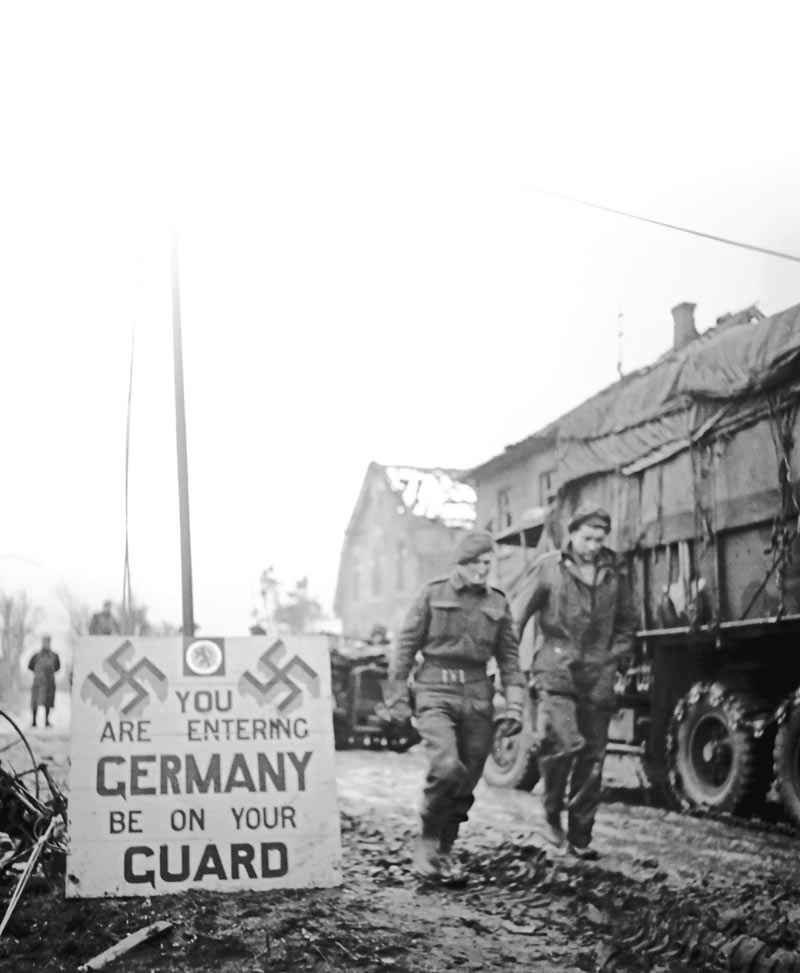
A warning sign in Wyler, Germany.[Colin Campbell McDougall/DND/LAC/PA-145770]
“To gain and hold the respect of all Germans as well as with other occupying forces required constant supervision and irreproachable discipline.”
The Canadians had fought in Northwest Europe as part of the 21st Army Group under Field Marshal Bernard Montgomery, and it was agreed from the outset that the CAOF would operate under XXX British Corps in the Emden-Wilhelmshaven area of northwest Germany. There was no fixed timeline, but the government knew that London was financially strapped and would want Canada to remain as long as possible.
Still, many of the soldiers farthest down the repatriation list desired to get home and, as other men of First Canadian Army left Europe as quickly as shipping could be found for them, the more difficult it would become to support a relatively small force a long way from Canada. Finally, with the British, Americans, Soviets and French each overseeing policy toward the defeated enemy in their own zones, Canada, whatever its contribution to victory might have been, wasn’t going to be consulted by the great powers on the Germans’ fate.
Commanding the CAOF was Major-General Christopher Vokes. He had gone overseas a major, led a brigade in the invasion of Sicily and, by late-autumn 1943, commanded 1st Canadian Division in Italy. After December 1944, he headed the 4th Canadian Armoured Division in Northwest Europe.
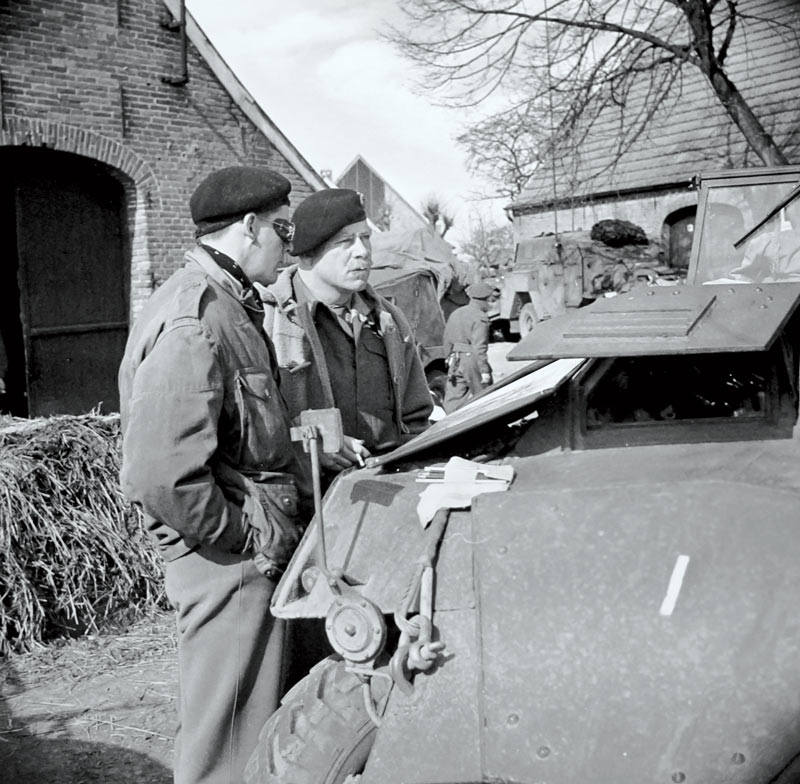
Brigadier Robert Moncel and Major-General Christopher Vokes. [Barney J. Gloster/DND/LAC/PA-151759]
In the garrison theatre in Aurich, Germany, on July 13, General Vokes explained to his officers and men what he expected of the CAOF: “On the behaviour of all ranks would Canadians as a whole be judged. To gain and hold the respect of all Germans as well as with other occupying forces required constant supervision and irreproachable discipline. 3 Cdn Inf Div (C.A.O.F.),” he said, “was to be the ‘show piece’ of the Canadian Army.”
In fact, Brigadier Robert Moncel said Vokes ran his Occupation Force like a warlord and, he added, held riotous parties.
The CAOF’s assigned tasks were wide-ranging, including everything from the disarmament of the Wehrmacht and the elimination of the Nazi Party to the evacuation of Allied prisoners of war and looking after displaced persons. In the longer term, the occupiers were also charged with the re-education of German youth and ensuring that Germans had no opportunity of reviving their ability to make war.
Sometimes, the Canadians showed little sympathy to the civilians, and some even cheered on the former PoWs for giving “these Jerries a bit of their own medicine.”
The occupation force worked with the army’s military government officers, which had been established the day the Allies entered Germany in 1945, and also with its civil affairs teams. The priority was to screen and send home surrendered German soldiers. Soon, every other day, 3,000 members of the Wehrmacht were processed and sent off. But many German soldiers had either escaped custody or avoided being taken prisoner. Those individuals had to be found and screened to determine if they had been in the SS and/or if they were war criminals.
To capture these men, the CAOF organized “swoops,” co-ordinated military operations carried out at night and without warning. A location would be surrounded and, at first light, a thorough check would be made of all inhabitants. Anyone without proper discharge papers or who gave cause for suspicion were to be handed over to the military government personnel or detained as a prisoner of war.
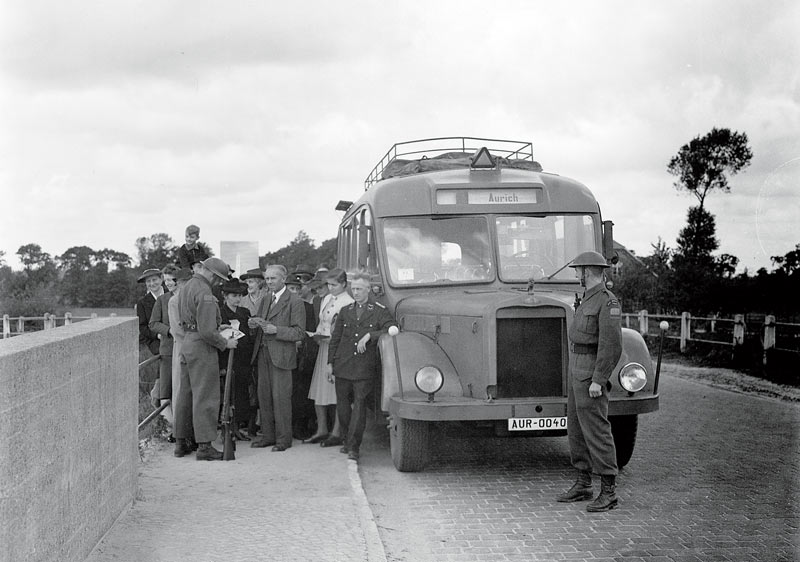
Soldiers of the Canadian Army Occupation Force check IDs in Aurich, Germany, in August 1945. [Alex M. Stirton/DND/LAC/PA-159242]
The next task, which was even more difficult, was to help the tens of thousands of displaced persons and refugees in the CAOF’s area. The Nazi regime had established concentration camps throughout its territory. Extermination facilities were farther to the east, but camps such as Bergen-Belsen near the Canadian-controlled region shocked everyone who viewed the piles of dead and the abysmal physical condition of survivors. Now, those individuals needed health care and had to be returned home or, if that wasn’t possible, given a place to stay until their ultimate destination was determined.
There was also imported labour, brought to the Reich to work in factories or farms, some voluntarily, though many more as slaves. Those from western Europe were typically sent home easily; the difficulties arose, however, with people from eastern Europe. Many had been brutally treated and wanted revenge on the Germans before going home. Poles in particular sought vengeance against civilians, and there were instances of lootings, violent thefts, sexual assaults and killings. The CAOF did its best to restore order, and it was eventually forced to establish an isolation camp on Borkum Island for such offenders.
Then there were some 2,000 Soviet PoWs, who had been starved and brutalized in prison camps. Now, many were roaming free. Allied agreements stipulated these soldiers were to be repatriated to the U.S.S.R., and the military government had “the facilities for returning [them] to Russia,” detailed the CAOF’s war diary. But “either through ignorance or a desire to remain in Germany they had not taken advantage of them.” As a result, the CAOF “have now been ordered to assist in this repatriation.”
The Soviets tried to evade authorities and take revenge on the Germans. The CAOF sent out patrols to help prevent crimes, on one occasion rounding up 30 Soviets who were looting farms, raping girls and women, and murdering civilians. But sometimes the Canadians showed little sympathy to the civilians, and some even cheered on the former PoWs for giving “these Jerries a bit of their own medicine.” One soldier put it in even stronger terms: “the Russians were kicking the shit out of German civilians.”
It had been a long, hard war the Nazis had forced on the world, and only the most serious crimes were prosecuted. Most displaced persons or escaped PoWs faced little or no punishment, and the Soviets were eventually returned home.
Despite the reprisals, the attitude of the Germans in the Canadian area of occupation was generally satisfactory. Most of the older population were resigned to their unhappy situation. The war had been lost, but it wasn’t their fault, they claimed; it was only because of Hitler’s unfortunate error in attacking the Soviet Union before finishing off Britain. But, among males under 30, those fully indoctrinated with 12 years of Nazi ideology, Canadian officials believed, there remained a simmering hatred of the victors. And the Germans generally avoided co-operating with them.
This wasn’t helped by the non-fraternization orders issued by Field Marshal Montgomery. There were to be no relations of an informal kind with the population, no liaisons with women, no candy to children. Violation of these orders could lead to punishment for the soldiers, which was unquestionably harmful to morale.
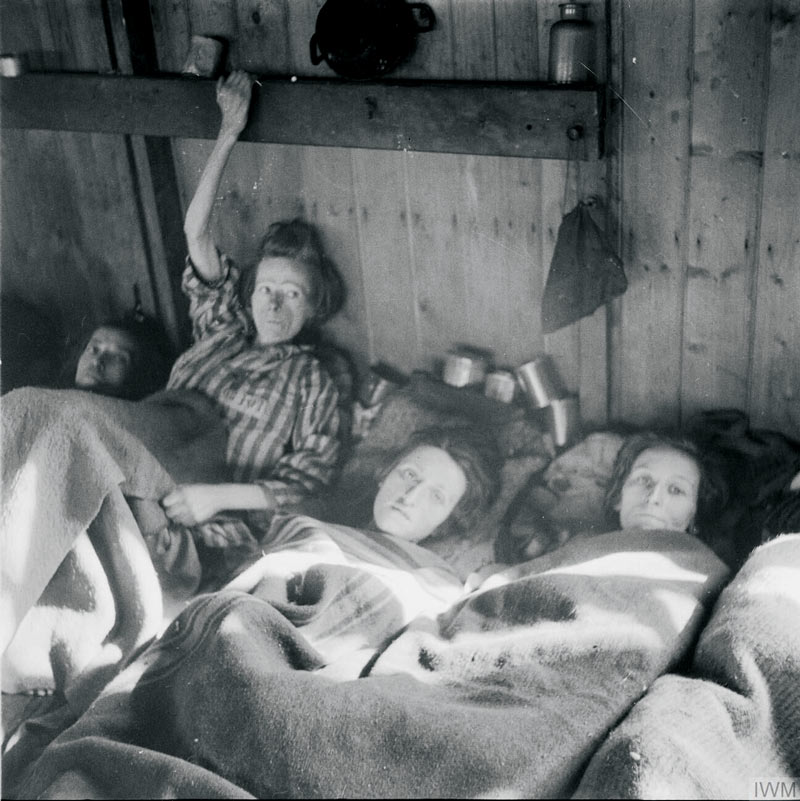
The Canadians were tasked with helping concentration camp survivors, like these women held at Bergen-Belsen.[IWM/BU 4018/Wikimedia]
The soldiers could see that children (and their parents) were hungry and wanted to help in the months after the surrender when food was scarce and little more than 1,500 calories a day per person were available. But as Major Elmer Bell wrote home from Germany, giving children chocolate “would be the thin edge of the wedge to fraternization and eventual undoing of all the proceeds of our losses and sacrifices.”
The struggles of German civilians could be, and were, exploited. Cigarettes were hard to find, and Canadian soldiers could barter their free smokes for the likes of expensive cameras, liquor, jewellery, art, binoculars and watches. Anything, it seemed, was available for 100 to 1,500 cigarettes. This was small beer, though, in comparison to the stolen army equipment, clothing and foodstuffs that were peddled to the black market. It was spring 1946 before this was said to be checked (“due to other responsibilities which took a higher priority,” the CAOF war diary noted).
The Canadians also wanted to socialize. Stanley Winfield of the RCAF wrote that while the no-fraternization order was in effect, “the frauleins took definite advantage of this order and saw only the wonderful opportunity of ‘getting even.’ They would go for a stroll where they knew Allied soldiers would be…and appear as vivacious and desirable as they possibly could.”
Temptation was hard to resist. And with ample supplies of cigarettes as currency, many soldiers got what they wanted. Still, few were punished. Nonetheless, CAOF soldiers frequently took their leaves in the Netherlands or nearby Denmark where the natives were friendly, women were interested in them, and cigarettes still opened doors. Men could pay for a weekend in Amsterdam or Copenhagen, including food, drink, lodgings and female companionship, for just 2,000 smokes.

Soviet soldiers harass a German woman. [Vintage_Space/Alamy/2AYF8EW]
By mid-July 1945, however, reality finally set in, and the no-fraternization order was relaxed and effectively eliminated. The decree from XXX British Corps said, with presumably unintended humour, that “You may now talk to all German persons in public places and on the streets because by intercourse between the two people it is hoped to lead the Germans into a Democratic way of life…do not enter their homes or entertain them in yours.”
Still, there were reports that German women were threatened by their compatriots if they went out with Canadians. But cigarettes were a powerful reward for the risk, and soon many soldiers had formed liaisons. By February 1946, the CAOF war diary noted that: “Fraternization is increasing and even officers are holding whispered conversations of ‘that beautiful blonde’ they saw downtown. Several men,” the entry went on, “had expressed their desire to marry German girls.”
Presumably they had managed to “enter their homes.”
Despite repeated British requests that the Canadians remain in Germany, Ottawa decided that the commitment would end in early 1946. The first troops departed for England on March 23; the last soldiers left on June 8. The CAOF had done its duty, and soon all the Canadians were home. The war was at long last over.
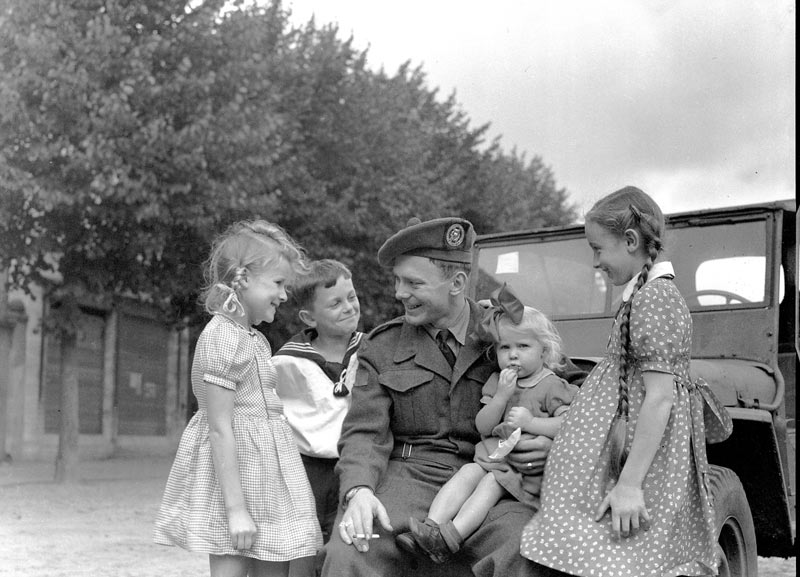
Canadian Private Murray Dorey gives chocolate to local kids in Aurich, Germany, in August 1945. [Vintage_Space/Alamy/2AYF8EW]
Canada’s Berlin battalion
While not formally part of the Canadian Army Occupation Force, Canadian troops also served in immediate postwar Germany in the so-called Berlin battalion. Drawn from units in the Netherlands awaiting repatriation, men from The Argyll and Sutherland Highlanders, Les Fusiliers Mont-Royal and The Loyal Edmonton Regiment were detailed to represent Canada at the British victory parade in the German capital on July 21, 1945.
Housed in a retirement home in the devastated city, the soldiers had few formal duties other than practising their drill and smartening up their kits. They were otherwise free to see the ruined sights.
One soldier, Sergeant Kurt Loeb, wrote that he found souvenirs in the Reich Chancellery, including personal correspondence files of Germany’s minister of interior from early in the war. And every soldier, it seemed, had a collection of German medals.
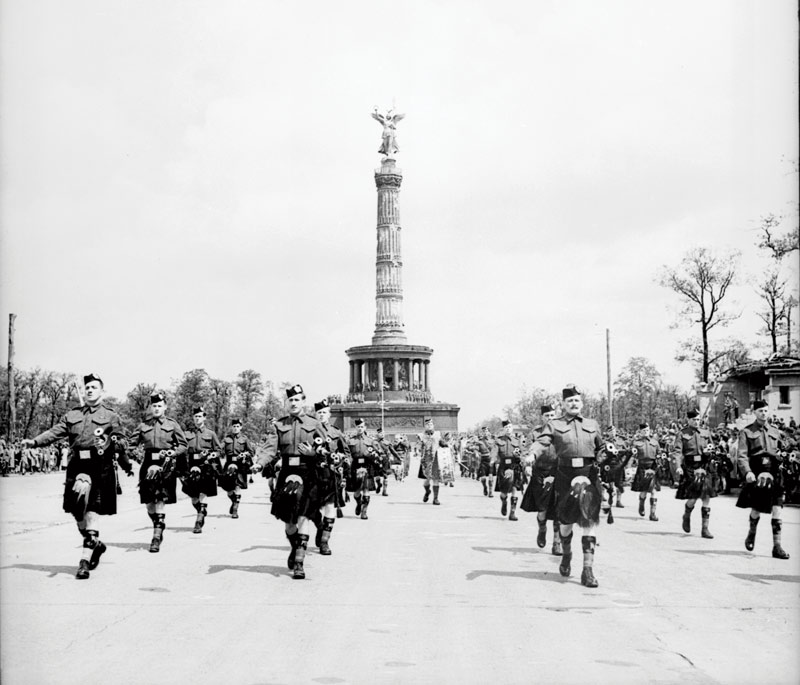
The so-called Canadian Berlin battalion marches in the city on July 20, 1945. [Foote/DND/LAC/PA-130018]
Advertisement



